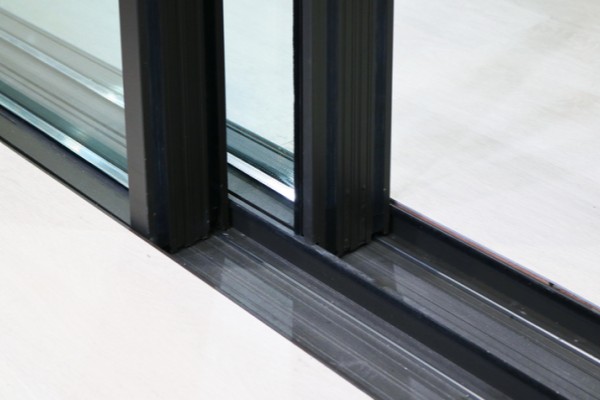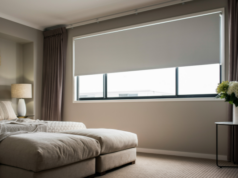
Aluminium windows have long been a staple in Australian homes—and for good reason. With their durability, minimal maintenance and modern aesthetic, they’ve remained a go-to option for homeowners and builders alike. But as building codes and energy efficiency requirements evolve, so too has the humble aluminium window.
Here’s what you need to know about aluminium window frames in 2025, what’s changed, what to look for, and why they remain one of the most versatile options on the market.
Strength, simplicity and style
Aluminium frames are known for their strength and durability. They don’t warp, crack or swell with moisture, making them ideal for Australia’s varied climates, including coastal and bushfire-prone areas. Their inherent strength also means slimmer profiles are possible, allowing for larger expanses of glass and uninterrupted views.
They’re a perfect match for modern architectural trends, particularly those focused on open-plan living, indoor–outdoor flow and abundant natural light.
From sliding and stacking doors to expansive bi-folds and fixed picture windows, aluminium gives designers plenty of flexibility to achieve clean lines and contemporary looks.
Improving performance with thermal breaks
The main downside to aluminium has always been its thermal conductivity. In simple terms, it conducts heat and cold easily, making it less energy efficient than timber or uPVC without extra treatment.
To overcome this, most modern aluminium windows now feature thermal breaks—a plastic or resin insert between the inner and outer sections of the frame that disrupts the flow of heat. Paired with double or triple glazing and low-emissivity (low-E) glass, thermally broken aluminium windows can now meet or exceed 7-star NatHERS energy ratings.
This is especially important in new builds or major renovations, where compliance with the National Construction Code (NCC) is a must.
What’s trending in 2025
Energy efficiency is no longer optional. Aluminium frames with poor thermal performance are being phased out in favour of high-performance systems that support passive design principles. Look for WERS-rated products that show heating and cooling performance, with higher star ratings now expected as standard.
Big panes, minimal frames. Architectural trends continue to favour ultra-slim profiles and large-format glazing. Whether it’s a floor-to-ceiling sliding door or a fixed highlight window, aluminium makes it easier to maximise light while maintaining structural integrity.
Smart window integration. Automation is no longer a luxury feature. More homeowners are opting for windows that integrate with smart home systems—featuring remote operation, weather sensors, auto-closing functions and even voice activation.
Colour and finish. While classic black and charcoal remain popular, there’s growing interest in earthy tones, warm metallics and matte finishes. Powder-coated and anodised options allow for long-lasting custom looks, especially in homes with bold design personalities.
Acoustic performance. In urban builds or homes near transport corridors, laminated glazing and improved frame seals are helping aluminium windows punch above their weight in sound insulation.
What to look for when choosing aluminium windows
If you’re considering aluminium frames for your next project, here are some key things to check:
- Thermal performance: Opt for thermally broken frames with WERS-rated double or triple glazing to meet current energy efficiency standards.
- Compliance: Ensure products meet AS 2047 (window performance) and AS 1288 (glazing) standards. Bushfire-prone areas may also require BAL-rated options.
- Glazing type: Choose the right glass for your location—low-E, acoustic, laminated or even self-cleaning glass are all available.
- Operation style: Sliding, awning, bi-fold or casement—match the window to your ventilation and spatial needs.
- Finish: Powder-coated or anodised? Coastal homes should go for marine-grade finishes to avoid corrosion.
- Smart features: If you’re building a smart home, consider windows that can be integrated into your home automation system.
A sustainable and future-ready choice
Aluminium is one of the most recyclable materials used in construction. Many window manufacturers are now using recycled aluminium in their frames, helping to reduce embodied carbon and align with broader sustainability goals.
When installed correctly and paired with the right glazing, aluminium windows can contribute significantly to a home’s energy efficiency, saving homeowners money while lowering environmental impact.
Final thoughts
In 2025, aluminium windows continue to strike the right balance between form and function. With thermal breaks, better glazing, smart technology and finishes that match today’s design trends, they’re no longer just the practical choice—they’re a performance-driven, style-conscious and regulation-ready option for Australian homes.
If you’re renovating or building, aluminium should still be on your shortlist.





